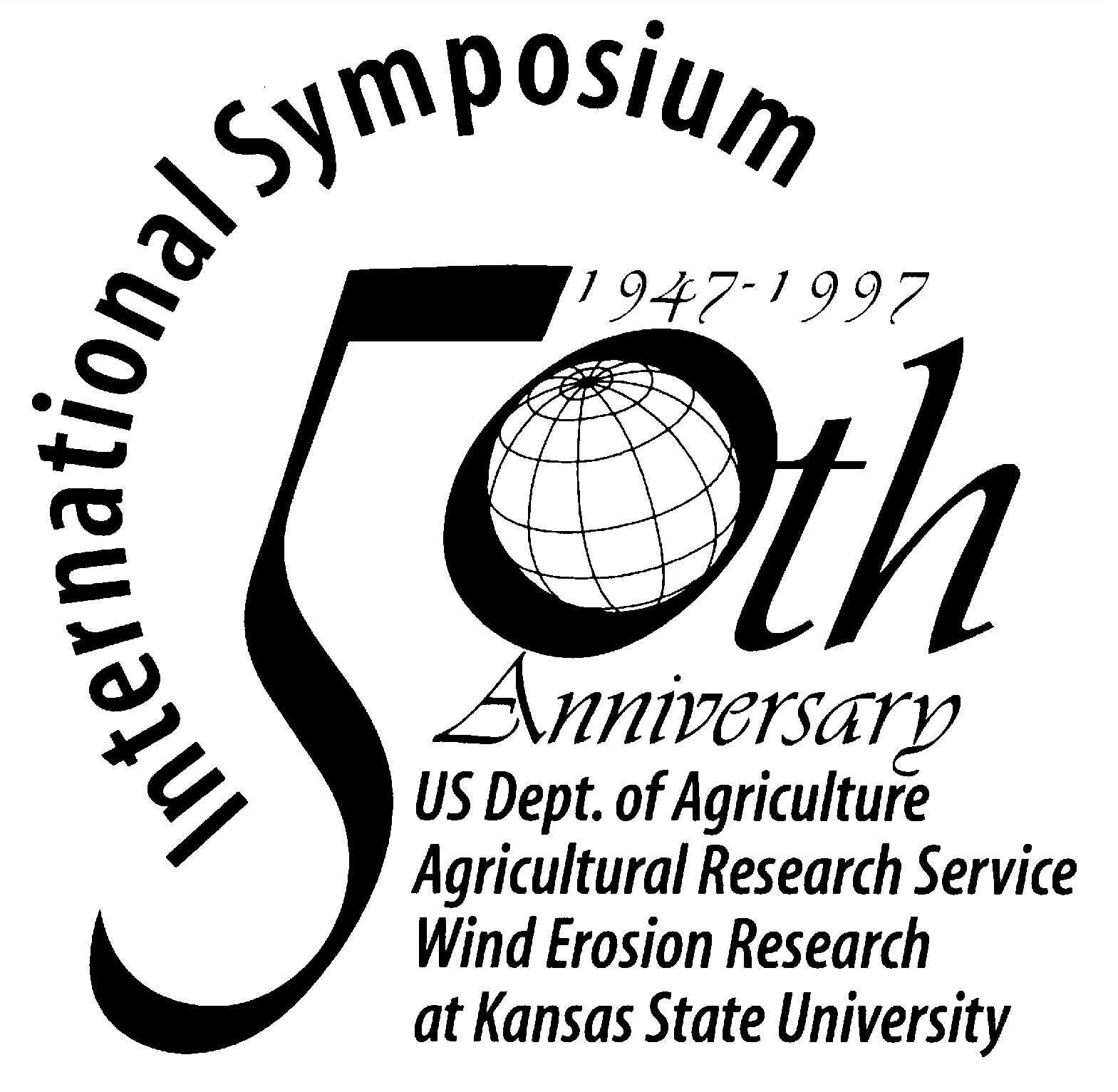|
Cultivated Crop Production Between Alley Cropping Tree Rows in the Great Plains
W.A. Geyer, W.J. Lamont, and C.E. Long
Abstract
Alley cropping can be used to develop a small woodlot and provide early income. Black
walnut (Juglans nigra L.) and Scotch pine (Pinus sylvestris
L.) were planted alternately in 40-ft rows affording wind protection benefits early on in
the planting program. Agronomic, forage, and vegetable crops were planted in the alleys --
soybeans (Glycine max (L.) Merr.), smooth bromegrass (Bromus inermis
Leyss.), tomatoes (Lycopersicon esculentum Mill.), muskmelons Cucumis
melo L.), and pumpkins (Cucurbita pepo L.). Annual yields were high
but varied with weather conditions. The highest income resulted from the tomato crops, but
intensive cultural practices were necessary. Returns from agronomic and forage crops were
much lower than those from vegetable crops.
|




